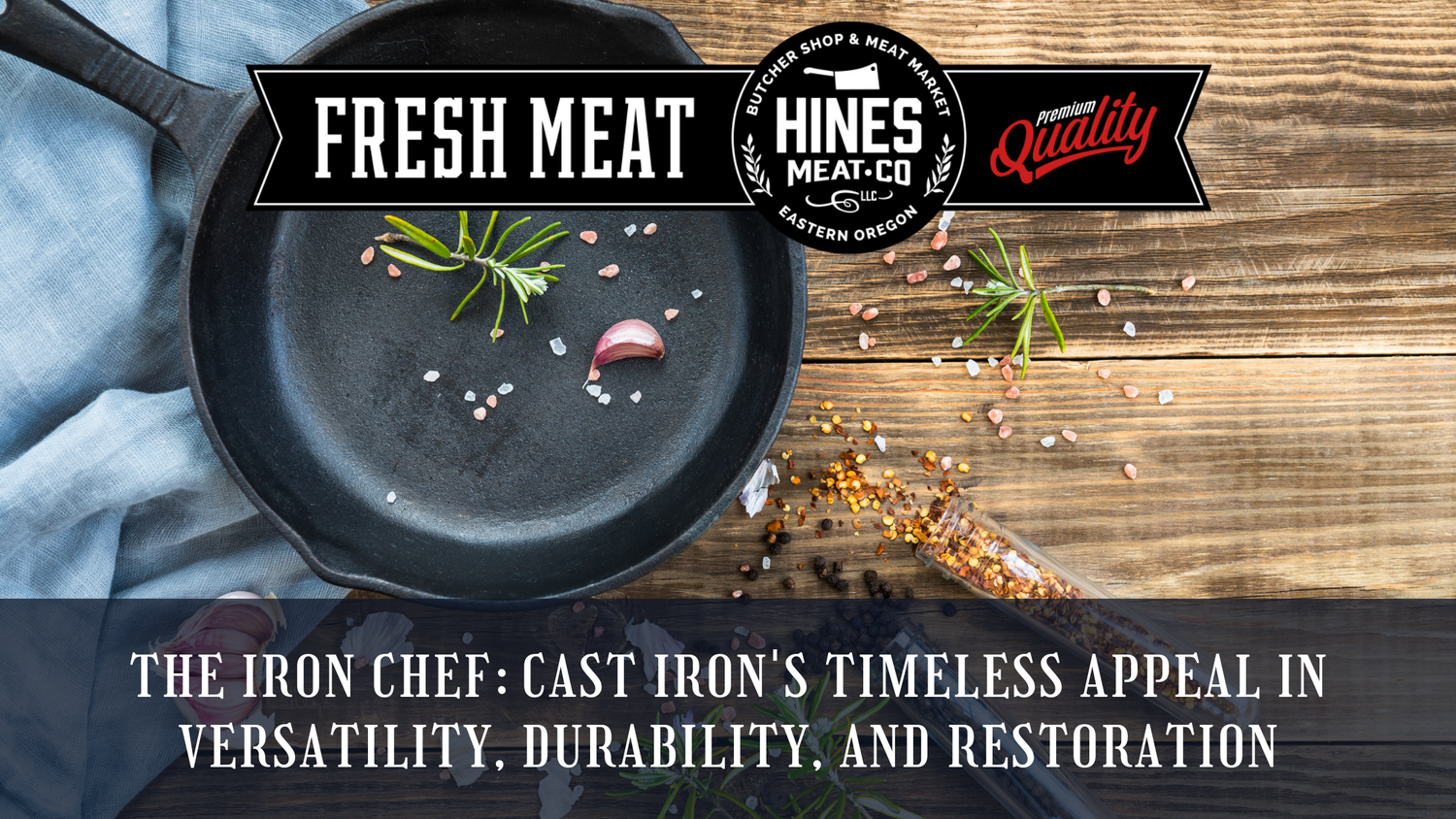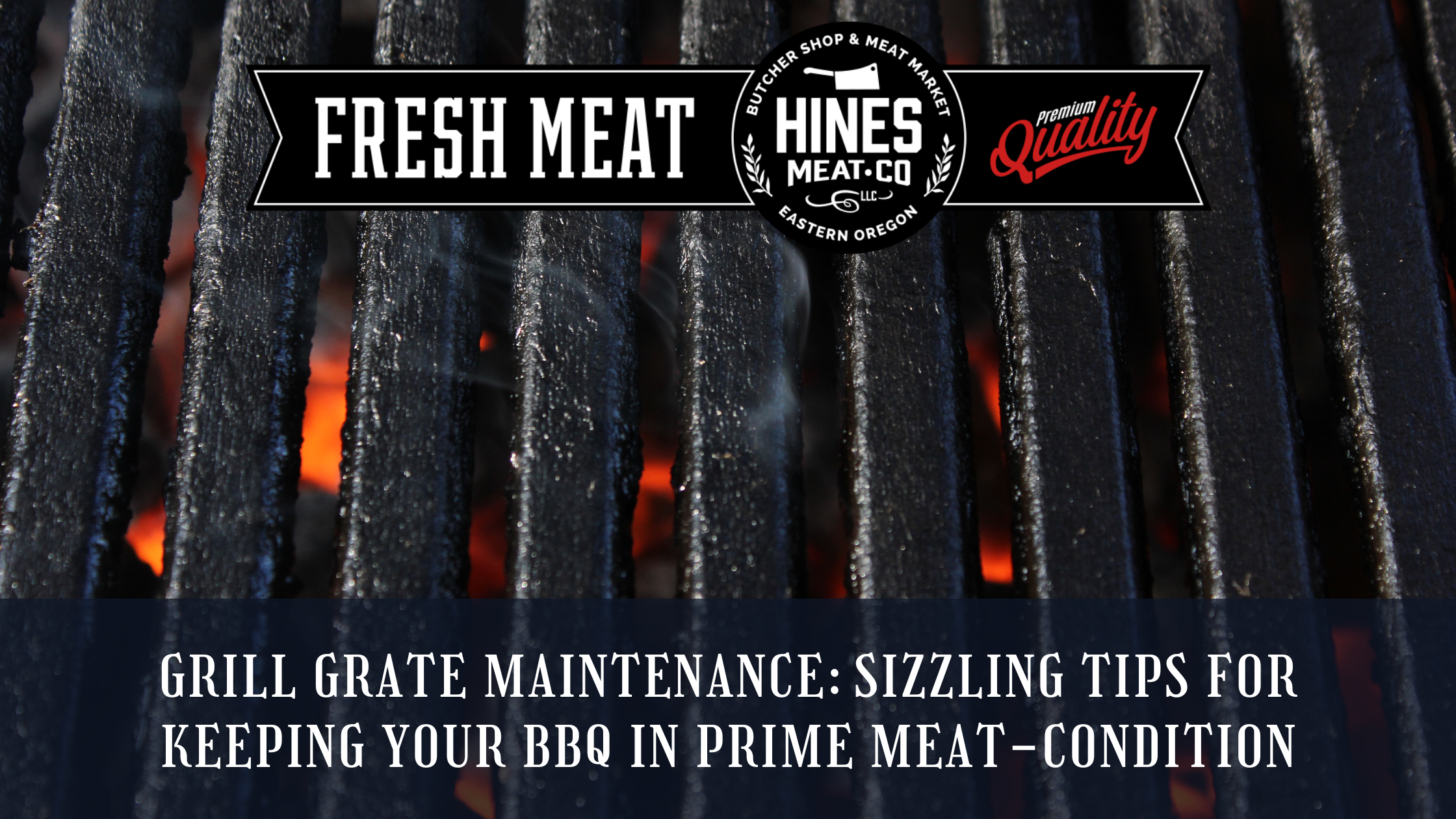The Versatility and Durability of Cast Iron
A well-seasoned cast iron skillet is incredibly versatile and can last a lifetime. However, improper care can lead to cooking issues. Fortunately, even damaged cast iron can be restored with the right steps. Here's how to make any cast iron piece work perfectly, whether it's new or well-used.
What is Cast Iron?
Cast iron is made from molten iron (called pig iron) mixed with silicon and carbon, which allows it to withstand high temperatures without cracking. Invented in 5th century China, it became popular worldwide for open-fire cooking. Its ability to be repeatedly heated without warping makes it unique. Additionally, cast iron is special because a well-seasoned pan does not stick to food and it can even provide health benefits. Cooking with cast iron can increase the iron content in your diet.
Caring for Cast Iron Cookware
Cast iron requires a bit more care than other cookware. It rusts if left untreated, and using harsh abrasives or soap can remove the protective oils, leading to rust. Even severely rusty cast iron can be restored unless deeply pitted. However, if the rust has gotten so severe that deep pits have formed on the surface the cookware might be beyond saving.
Cleaning a Rusty Cast Iron Skillet
Rusty cast iron from garage sales can often be saved. Methods to remove rust include:
- Elbow Grease: Scrubbing, sanding, or using a wire wheel on a drill. You can even use sandpaper, scrubbing pads, and scrapers to remove rust without causing damage.
- Sandblasting: Have it done at a machine shop. Sandblasting uses compressed air and sand or nut shells to strip the cast iron clean.
- Electrolysis: Use a manual car battery charger, wire, scrap iron, and washing soda to create a safe electrical setup that removes rust. Submerge the pan in water and add sodium carbonate. Attach the negative cable of the power supply to the cast iron using clips and wire ensuring the clamp is not submerged in water. Connect the positive clamp to a piece of scrap metal and hand it in the water making sure not the submerge the clamp. Turn the battery charger on and leave it for several hours. The electrical current causes a reaction with the sodium carbonate and the rust is drawn off the pan and onto the scrap metal.
Once the rust has been cleaned from the cast iron, the cooking surface needs to be seasoned to create a nonstick surface. The best cast iron skillets and pans are seasoned correctly for long-term, trouble-free searing and frying.
Seasoning Cast Iron
Seasoning creates a nonstick surface by carbonizing oil on the metal - a process called polymerization. Use a high-smoke point oil (like grapeseed or vegetable oil) and avoid olive oil as it smokes at too low of temperatures. Flaxseed oil is commonly recommended and does work well, but can be difficult to apply, can flake off after a while and is more expensive than other oils. Heat the oven to 450°F, apply a thin oil layer inside and out, and bake the pan upside down with aluminum foil on the lower rack to catch drips for 30 minutes. Carefully remove the cast iron and let it cool. Repeat 4-7 times for a smooth, semi-gloss finish.
The process will create some smoke, but it’ll clear quickly. The oils also don’t smell the greatest, but the finished product won’t smell any longer.
Cleaning a Seasoned Cast Iron Skillet
Avoid soap; it breaks down the seasoning and you’ll have to start over. A well-seasoned pan will not need to be seasoned again for many months. Use a chainmail scrubber for burnt-on food and cold water to prevent removing the oils. Heat the skillet after washing to dry it and apply a thin oil layer if needed.
Cooking with Cast Iron
A well-seasoned cast iron skillet is ideal for searing, frying, and even baking. It provides a perfect crispy sear for scallops and steaks, cooks eggs and bacon beautifully, and makes excellent fried fish or chicken. Cast irons are optimal for reverse searing. The metal holds heat well, so keeping the temperature consistent is easy.
Best Brands of Cast Iron Skillets
There are dozens of recommendations for the best product on the market. Cast iron comes in various sizes, styles, and designs. Unlike many products, brand names do not always mean better. Sometimes the best cast iron is a vintage iron.
- Lodge: Affordable, good quality, and widely available. The largest manufacturer of cast iron skillets in the US. Lodge skillets also come in many different shapes and sizes. The pans benefit from seasoning for long-term performance.
- Le Creuset: High-quality, enamel-coated, no seasoning needed but expensive. These French products are a hybrid, with the cast iron featuring enamel coating inside and out, which provides non-stick action with no need to season. However, enamel is not as durable as cast iron, so avoid using metal on the surface.
- Field Pans: Lightweight and great for both camping and home use. Take time to season these before using them.
- FINEX: Unique octagonal design, high-quality, and instantly heirloom-worthy.
- Vintage Iron: Look for brands like Griswald and Wagner; these are collectible and durable. Don’t waste your time if the surface is very rough, has gouges, or any evidence of cracking. Rusty skillets can be cleaned, so don’t be deterred by a decent-looking surface with rust.
Conclusion
Cast iron skillets are invaluable kitchen tools. With proper care, they can deliver outstanding cooking results for a variety of dishes. Invest in a quality skillet, season it well, and enjoy the benefits of this timeless cookware.



